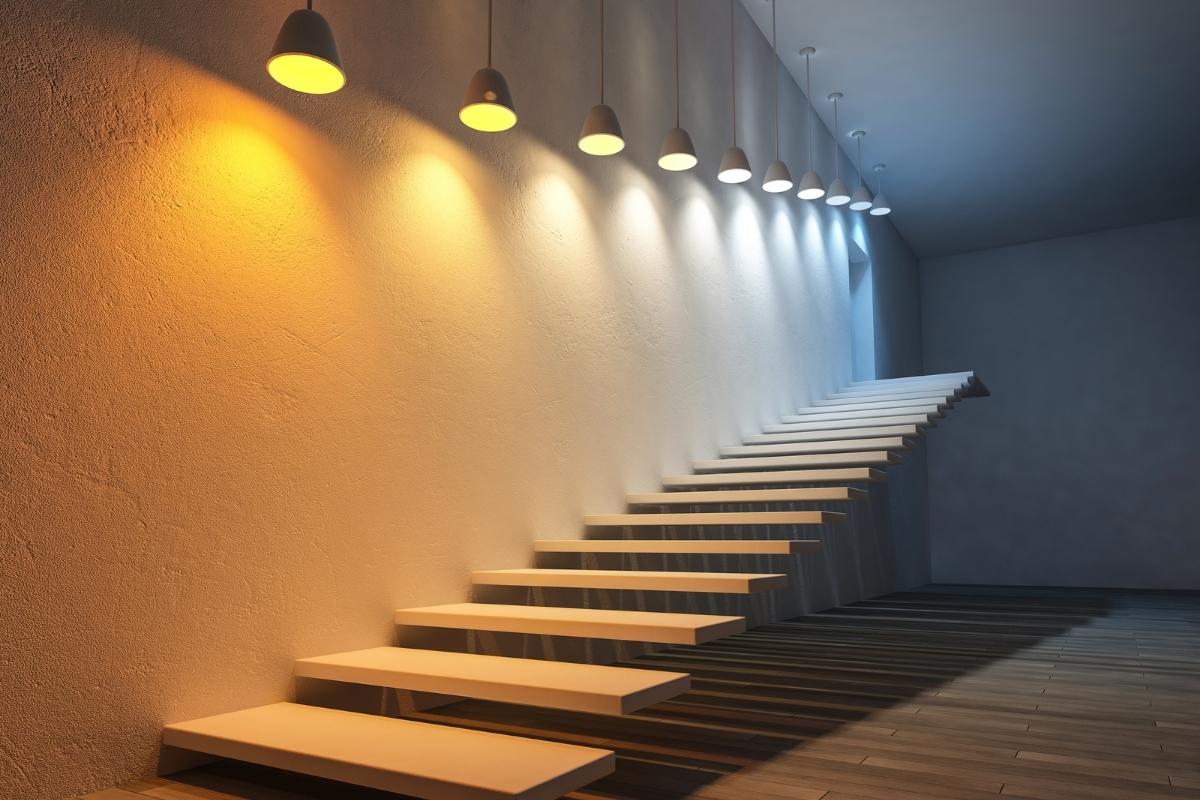What Is Heartwood
Heartwood, the innermost part of a tree trunk, is distinguished from the outer sapwood by its darker color. As a tree grows, the cambium, a layer of cells, generates new wood known as sapwood. Over time, the sapwood ages and transforms into heartwood through the infiltration of natural substances called extractives. These extractives, such as resins, oils, and tannins, not only give heartwood its distinct color but also contribute to its durability and resistance to decay.
The color of heartwood varies depending on the tree species and the specific chemical changes that occur within the wood. It can range from shades of brown to red, purple, or even black. When a tree is cut and the heartwood is exposed to air, it tends to darken even further.
Heartwood in the Door
Heartwood holds significant value in a door as it is highly resistant to fungal decay compared to sapwood. The presence of extractives in heartwood acts as a natural defense mechanism against wood-boring insects and fungi, prolonging the lifespan of wooden doors made from heartwood.
Heartwood also contains less moisture than sapwood, making it less prone to shrinkage during the drying process. This property ensures that doors made from heartwood are more stable and less likely to warp or twist, maintaining their structural integrity over time.
The accumulation of extractives in heartwood contributes to its strength and durability. The fibers in heartwood become tightly bound together, giving it a strength comparable to steel in some ways. This makes doors made from heartwood highly resilient and capable of withstanding the rigors of everyday use.
Frequently Asked Questions
What Is the Purpose of Heartwood
The heartwood serves multiple purposes in a tree. It is formed when extractives, which are chemicals, are deposited into the cell walls of the sapwood. These extractives give the heartwood its dark color. Additionally, they play a crucial role in protecting the tree from fungi and insects. Furthermore, the heartwood acts as the backbone of the tree, offering support as it continues to grow.
What Is the Difference Between Sap Wood and Heartwood
The difference between sapwood and heartwood lies in their composition and function within a tree. Heartwood, which is the inner dark colored part of the wood, is made up of dead cells that are filled with resin, gums, tannins, and other substances. It does not conduct any functions within the tree. On the other hand, sapwood is the outer light colored region of the tree trunk that consists of living cells and plays a role in translocation.
What Is the Significance and Location of the Heart Wood
The heartwood is found in the inner part or center of the wood. It gets its name from its location at the center of the wood. While some trees only have sapwood and no heartwood, the heartwood is typically darker, harder, and more resistant to decay compared to sapwood.
What Does Heartwood Wood Look Like
The color of heartwood typically ranges from dark brown to red, varying depending on the type of wood. For instance, in species like mahogany, the color of heartwood becomes darker as it ages. On the other hand, sapwood is usually light yellow or white in color.
Is Heartwood Durable
Heartwood is known for its durability and resistance to microorganisms and insects, making it more durable than sapwood.








